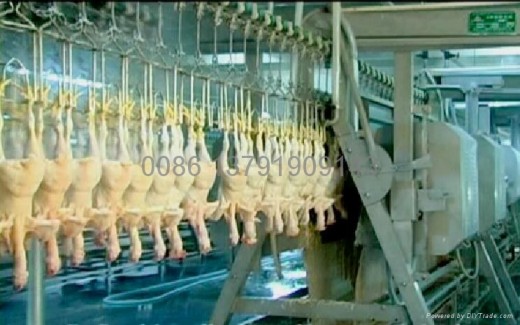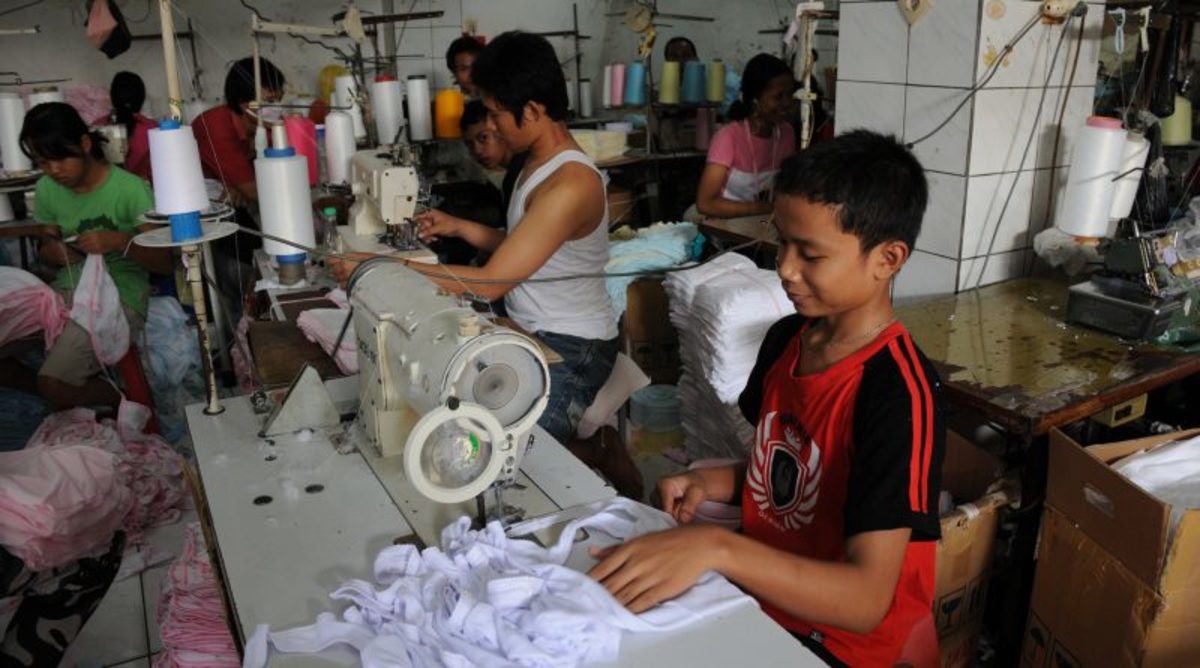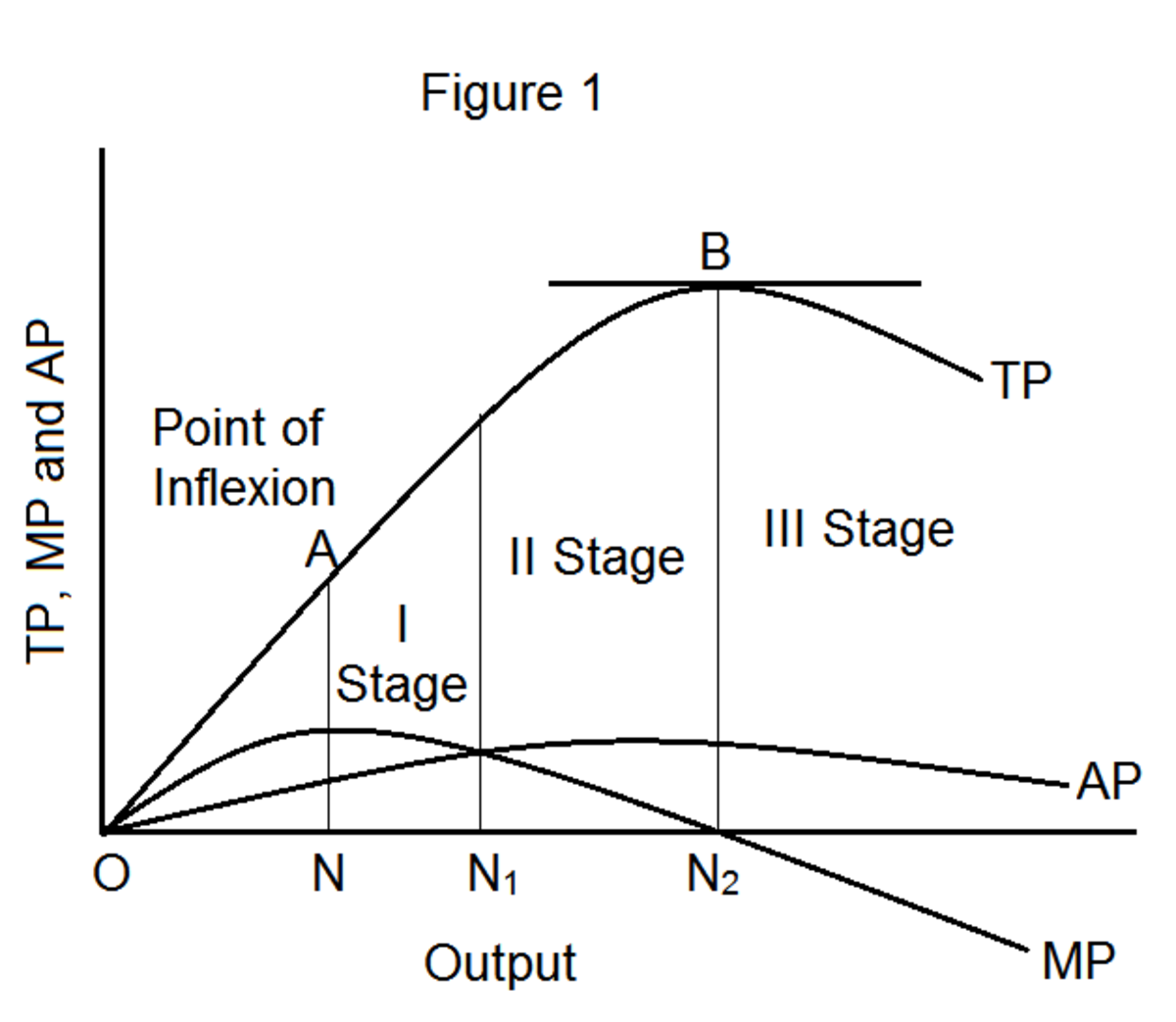The Twofold Character of Labor Embodied in Commodities



Continued from "Marx's Analysis of Use and Labor Value"
Marx goes into analyzing use and exchange value in the twofold character of labor that is embodied in commodities. He gives an example of a bolt of cloth in relation to a coat made from the same bolt of cloth. He defines;
10 yards of cloth = W (1.9)
And 1 coat made there from = 2 x W (1.10)
The coat may actually be worth more than given in the hypothetical model. It has a use value that satisfies a special want. No matter what is desired by way of use value, a special series of steps are required to manufacture the commodities that have labor value and use value. Each step in the process from harvesting from nature to weaving to making coats is qualitatively different from each other and the labor needed in each case is also qualitatively different. Use value items are not exchanged where the items are identical. Exchange occurs such as a bolt of cloth for a coat, or raw harvested cotton or wool for a coat. In the sum of all use values, there is embodied is the totality of equally diversified forms of useful labor. Thus;
ΣUV = ULtot (1.11)
Labor can be classified into various gerera, species, subspecies and varieties as there is a social division of labor. This division is essential as each process in a complex process of assembly requires many specialized skills.
Conversely, there is no specialization or division of labor where there is no commodity production. We see this manifested in that section of labor that is no longer part of the manufacturing process due to being laid off for one reason or another. That reason might be the failure of use value commodities from manifesting to mechanization to the anarchy of the capitalist market.
Marx gives two more examples. Exchange does not occur between workers making commodities on one factory floor. Exchanges can be done between two independent factories or enterprises. Then there is primitive manufacture where the individual makes something for their use alone and no trading is involved.
The use value of any commodity is contained in purpose, useful activity or useful labor. Items that are identical are not usually exchangeable. It is only in difference in commodities and the specialization of labor that allows for a complex system of labor division.
By necessity from the very beginning, mankind was urged on to make things of use value from nature, to protect themselves from the elements such as in the making of shelters and clothing. The existence of the stomach and the changeable availability of food items encouraged hunting, the preservation of food and the development of agriculture. Thus labor value becomes a necessity from the very beginning of human existence and is something that exists regardless of the type of society that exists. Without the use value provided by nature, there is no production; indeed, no life. This is by no means limited to the human species as we saw in the bee colony, ant agriculture, termite building and bird's nests. Human beings have managed to use the labor value produced by other species. This is a special type of symbiosis that has been incorporated into human society. The relationship between man and cow extends back thousands of years as is the relationship of man to horse. Human beings evolve in the structure of their societies, whereas the various other species are in fixed societies.
All commodities worked on by labor comprise two elements; matter and labor. Nature provides all the matter that workers change and shape to labor value from use value. Indeed, nature may provide additional use value to assist in the labor value of commodities. An example of such a relationship is the addition of machinery driven by electrical power to process raw cotton into clothing. Machinery, often made of metal parts was itself taken from nature and changed by labor value into something of use value to assist in the manufacture of clothes made from cotton, hemp, wool and synthetic fibers. In the latter case, the synthetic fibers were derived from oil, extracted from the earth. The electricity used to run the machinery to manufacture commodities was also derived from nature, either by hydro-electric generation, nuclear generation or oil powered generators. Increasingly humanity is turning to sun and wind to derive electrical power to run the same machines. Marx quotes William Petty in stating that "Labor is the father of material wealth and the Earth is its mother. Without that relationship between matter and labor, we would be destitute. Without labor, in short, there would be no life.
As values, the cotton, wool, fabric and coat are of the same substance. The cloth and coat are objective expressions of the same kind of labor. Patterning, weaving and tailoring are qualitatively different. Now a tailor may also weave, but also may make shirts, coats, trousers, undergarments, ties, socks, etc. at different times. This may create friction as Marx says, but the result is productive expenditure of labor energy. Regardless of the quantity of value that is produced by way of time, country, culture and process, the one constant is labor. Skilled labor is labor intensified and a smaller quantity of it equals a large measure of simple labor. However, the basis of measure in all of this is simple labor. The product of skilled labor can thus be equated with simple labor.
The labor theory of value was described in the film "treasure of the Sierra Madre"
Consider the clothing and the linen. Both are produced by the expenditure of labor power. Tailoring and weaving are formative elements in the production of the use value of clothing and linen. Both types of labor are ultimately needed in the production of clothing. The difference in worth comes as a direct result that the clothing embodies more labor power than the linen itself, before the clothing is made. The whole process is collecting the cotton, wool or synthetic fibers, carding, spinning and weaving it into linens, patterning, cutting, assembling and sewing together to make useful clothing. Thus, the collected labor processes by addition, result in more labor power to create the finished product that we wear on a daily basis. More time is needed to manufacture clothes than to weave bolts of cloth. Today, with the mechanization of most of these processes does not mean that there is less labor power involved. It simply means that labor power was invested in the machines that now do most of the work. The source is still labor power. If for some reason, the machines stopped working, such as a lack of fuel or electric power, people would have to do without until labor once more made everything as they did in past.
There is quantitative and qualitative labor value. The assembly of clothing from scratch involves a series of quantitative steps. Various portions of that assembly will have equal magnitude of labor value. The more clothing that is made in this process increases the quantitative labor value embodied in the manufacture of the whole.
If Δt = 1 day (usually, labor value is calculated by the hour) (1.12)
And it takes labor a day to make a coat
Then 2Δt = 2 days and 2 coats. (1.13)
This can be generalized as;
ΣΔt = Σ days and Σ coats (1.14)
Now we turn to surpluses and deficits; the law of supply and demand. From time to time, labor power is able to produce a surplus, such as in a year of exceptional bumper crops. This means that the produce of one year may be half the value of the previous year if the produce grown is twice as much as earlier. The same labor power has effectively doubled production and halved its value. Yet, the produce grown serves exactly the same function in both years, only in one instance there is twice as much. The useful labor in both cases is identical. What has changed is the amount of labor expended per unit item. This also holds true with labor assisted by machines.
Consider equations 1.1 and 1.2;
Δt1 = t2 - t1 (1.1)
Δt2 = t4 - t3 (1.2)
These represent two identical periods of time in this instance, but separated in history, say in consecutive growing seasons in successive years. In the first instance (1.1) the effective production was half of what was produced in (1.2) or (1.2) is twice that of (1.1). The difference is that twice as many people can be feed with the bumper crop than with the one that was only half as fruitful. Or, the same number of people can be fed twice as long. An increase in that amount of material wealth has occurred in (1.2) over (1.1). Within the year of the bumper crop, there is twice as much labor required to bring in the produce provided that the labor done is identical in type to that of the year before. The magnitude of wealth falls. Thus we have the contradictory nature of the twofold nature of labor. In all cases, productive labor is the result of concrete action on the part of useful labor. Useful labor becomes more abundant or less abundant source of products depending on many factors and as productive power rises and falls. No change in productive power can affect the labor embodied in its value. In equal time, the same labor always generates the same magnitude of labor. Productive power may vary. Thus in equal spaces of time, the same amount of labor generate varying use value.
All human labor power physically speaking is the expenditure of energy in labor and thus as abstract labor power, creates the value of commodities. Alternately, all labor is the expenditure of human labor power in a constructive manner and thus in concrete form creates use value. Adam Smith stated "Equal quantities of labor must at all times and in all places must have the same value to the laborer. In his normal state of health, strength and activity, and with the average degree of skill that he may possess, he must always give up the same portion of his rest, his freedom and his happiness." (The wealth of Nations, Book 1, Chapter 5)
In the next chapter we look at relative and equivalent value
- Form of Value, or the Exchange Value
The more labor that is put into something, the more value it accrues, unless of course, production is such that a huge overproduction that the value falls due to a surplus that can't be moved.






